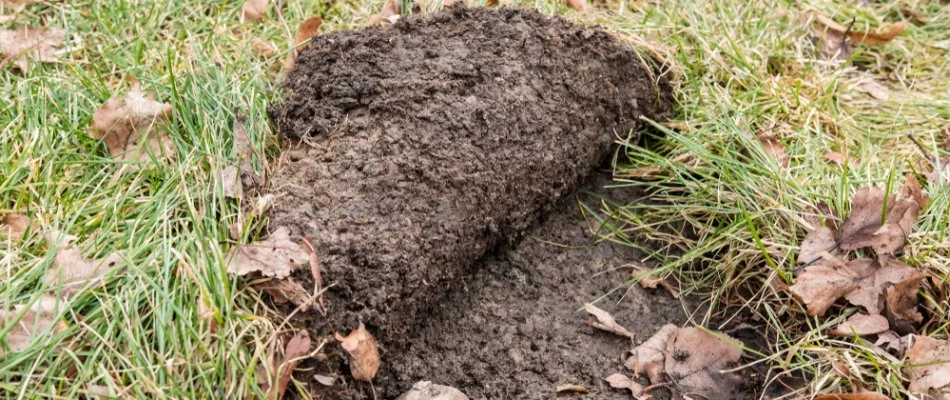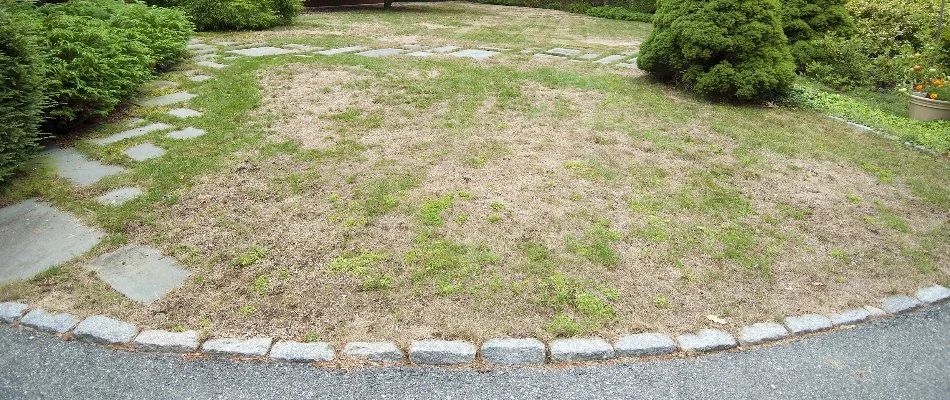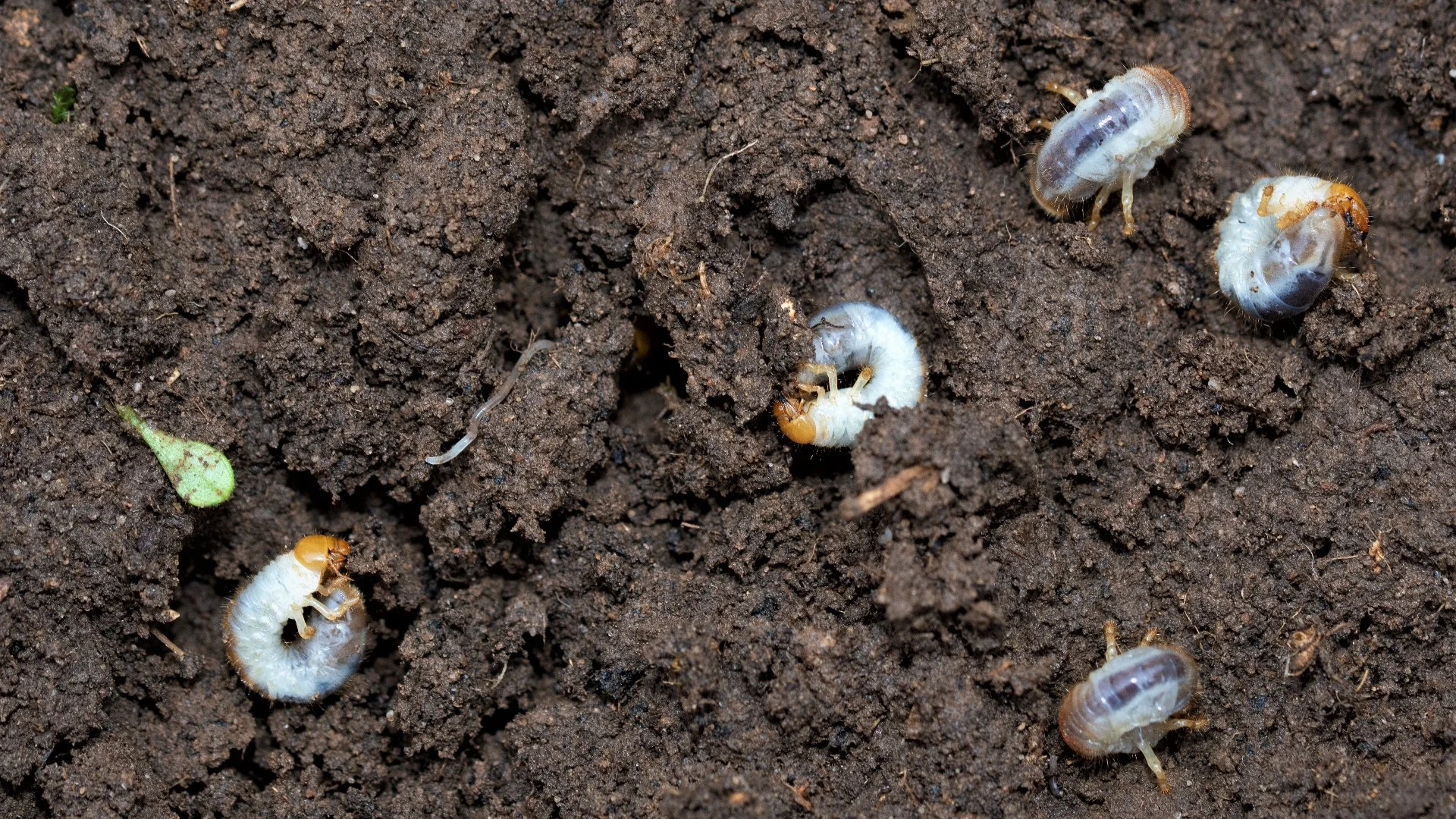Chinch bugs and grubs are both notorious for causing significant damage to lawns. While their feeding habits differ, the end result is often the same: unsightly, unhealthy turf. Fortunately, you can identify which one you're dealing with by observing the damage they cause. Grubs tend to create irregular patches of dead grass that can be easily pulled up, while chinch bugs cause yellowing and thinning of the grass. Once you have noticed signs of an infestation on your lawn, it's important to take swift action. You'll want to contact lawn care professionals who can diagnose your turf in Maryland correctly and apply the appropriate treatment to get rid of the infestation. Addressing the damage on your lawn is also crucial, and investing in lawn care services will do just that.
What does grub damage look like?

Grubs are the larval stage of beetles and are notorious for causing extensive damage to lawns. Once they hatch, these lawn insects spend the early stages of their life underground, where they feed on the roots of grass. As they start to attack your turf from below, one of the first signs of damage that you will notice is the brown spots. These patches can appear around mid- to late summer when grubs start to feed.
Another tell-tale sign that grubs have infested and damaged your grass is if your turf can be easily pulled up like a loose carpet. This happens because grubs sever the roots that anchor the grass to the ground, making it easy to pull up. Your lawn will also feel spongy when you try to walk on it because it is already detached from the soil.
What does chinch bug damage look like?

Chinch bugs are small, sap-sucking insects that cause significant damage to lawns by feeding on the juices of grass blades. They inject toxins into the grass as they feed, which disrupts its ability to transport water properly. As a result, your lawn will be dehydrated. The damage caused by chinch bugs will appear as irregular patches of yellow or brown grass, which can be mistaken for drought stress. However, unlike drought-stressed grass, chinch bug-damaged grass does not recover with watering.
What should you do if your lawn is showing signs of a grub or chinch bug infestation?
If you suspect that your lawn is infested with chinch bugs or grubs, it's important to take immediate action to prevent further damage. The first thing that you'll want to do is contact lawn care professionals. They have the knowledge and expertise to accurately identify which insect is causing problems on your lawn and determine the extent of the damage. Once they have identified the problem, they will apply the appropriate treatment to eliminate the infestation, stopping grubs or chinch bugs in their tracks before they cause further damage.
After eliminating the chinch bugs or grubs from your lawn, the next thing that you should focus on is helping it recover. You can sign up for various lawn care services that will nurse your lawn back to health after suffering from a chinch bug or grub infestation. These services include:
Do you suspect a pest infestation on your lawn? Call us to sign up for our lawn insect control service!
If you suspect that your lawn is infested with chinch bugs or grubs, don't wait to take action. Reach out to our professionals at Liqua-Grow Turf to schedule our lawn insect control service! This service involves inspecting your lawn thoroughly to identify the infestation and applying the appropriate curative treatment. We offer our lawn insect control service to homes and businesses, along with HOAs, in Westminster, Eldersburg, Ellicott City, and other surrounding areas in Maryland. Let us help you bring your lawn back to its former glory - call us today at (410) 795-7900 to sign up!



Comments (0)
Thanks for your comment!
Thanks for your feedback! Your comments have been successfully submitted! Please note, all comments require admin approval prior to display.
Error submitting comment!
There is a problem with your comment, please see below and try again.